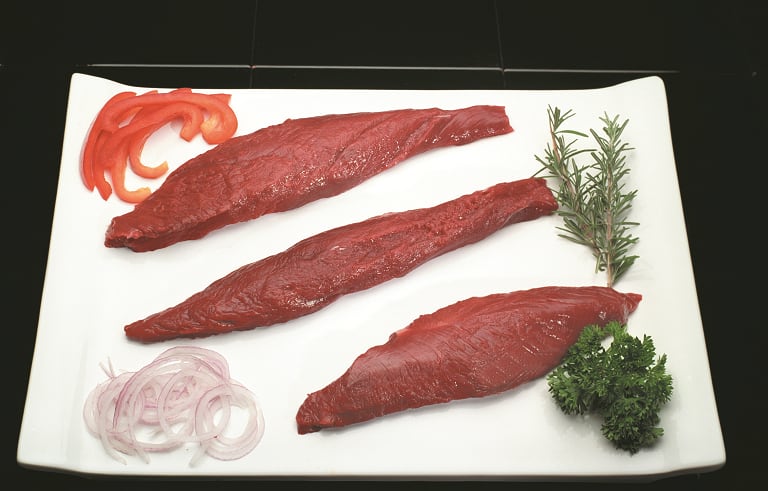Kangaroo meat is just like any other widely available meat Down Under, according to John Kelly, executive officer of the Kangaroo Industries Association of Australia (KIAA). It is sold in almost all large supermarkets in the country, stocked by a multitude of restaurants and is exported to more than 50 countries on a regular basis.
According to long-term nationwide audits on the perceived dangers linked to kangaroo consumption, a report from KIAA reveals tests prove the meat is safe for consumers.
“Across a number of key public safety monitoring programs the kangaroo industry is performing extremely highly,” said Kelly. “Results in key tests for food safety appear to be improving on even previous high standards indicating kangaroo meat represents a safe food product for human consumption.”
Kangaroo pet food
Results from a survey conducted under the ESAM (E.coli and salmonella monitoring) program from 2008 to 2010, revealed kangaroo meat processing plants have good compliance on food safety tests. According to the ESAM results, which were analysed by Food Standards Australia, meat compliance rates for microbial contaminants, like salmonella and E.coli, hovered above 99%.
The ESAM program is regulated by the state and is in place at all kangaroo meat factories licensed to sell meat for human consumption – some factories only process kangaroo meat used in pet food. Under the program, samples of the meat have to be submitted to government-supported laboratories where the meat is checked for levels of salmonella and E.coli.
This is similar to all other forms of meat sold for human consumption, and Australia prides itself on having stringent systems to bolster meat safety.

Consumer challenge
The only area the production of kangaroo meat differs from more traditional meats is in the way the animals are slaughtered: they are shot in the wild. Licensed hunters, normally called harvesters, are tightly regulated, but they source all the kangaroo meat sold in Australia.
Harvesters hunt the animals at night, using bright lights to illuminate a target before it is shot with a single bullet. This has to be carried out against strict guidelines enshrined by the Australian Code for the Humane Shooting of Kangaroos and Wallaby for Commercial Purposes. Animals are partially disembowelled in the wild, although the main organs are kept for inspection at processing facilities.
Once given a post-mortem check by a meat inspector, the carcases are boned, cut and packaged in a range of cuts to be sold to restaurants and retailers.
In terms of popularity “mince is a big seller in retail, loin fillet is the biggest [performer] in foodservice,” according to Kelly. One challenge facing producers is the difficulty Australians have when it comes to eating their national emblem, but there are a number of benefits linked to kangaroo consumption. “There are a whole range of reasons for people to eat ‘roo - great health attributes, great environmental benefits. But it is still not a commonly considered part of most diets,” said Kelly.
A big task for the niche market is to enlighten consumers on the health and environmental benefits linked to kangaroo meat. “Getting people to think when they go shopping: ‘I will buy some ‘roo’ is the next big challenge.”
